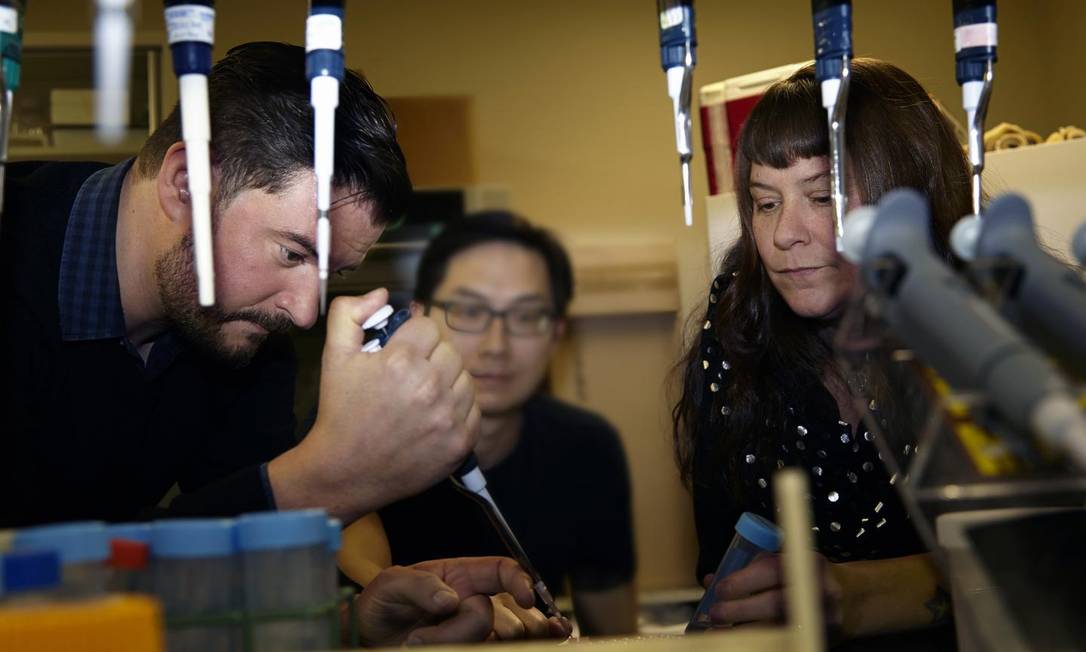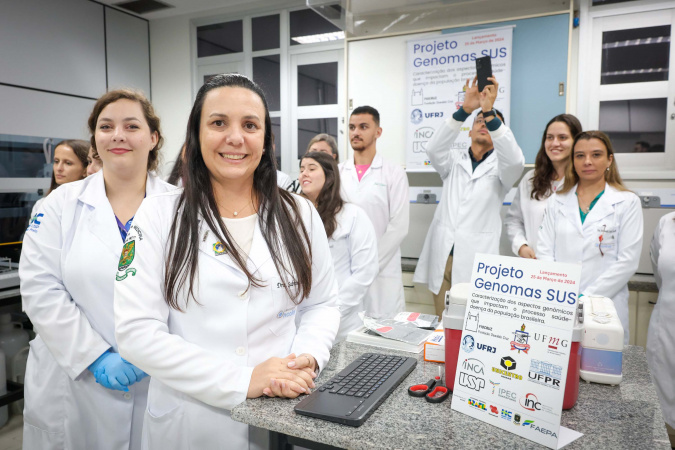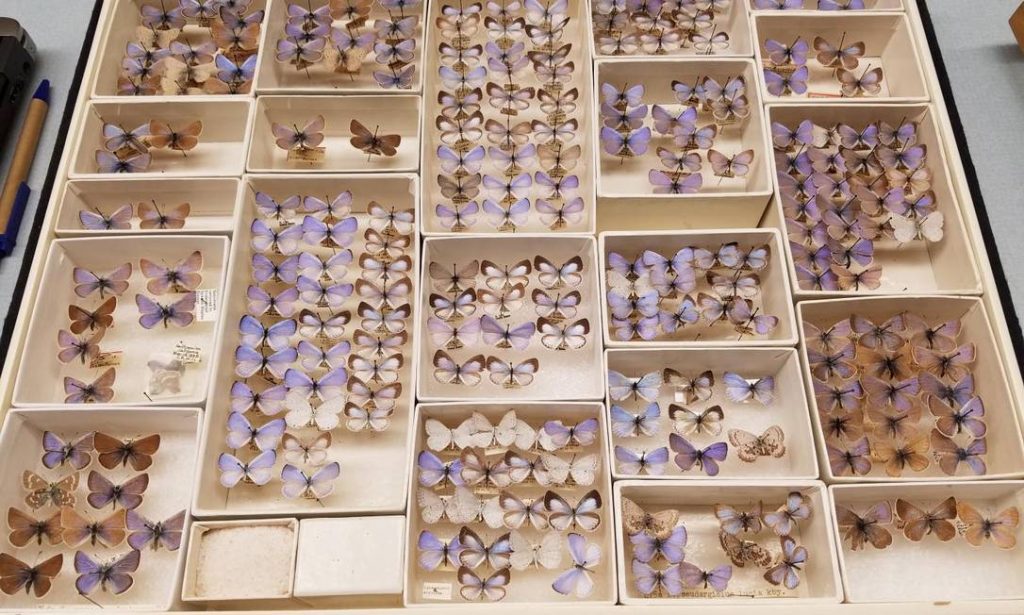Rio – Researchers have confirmed, through DNA analysis, that the extinct blue butterfly Xerces (Zerzat Glucophage) was his own kind. She lived in the San Francisco area of the United States, but her existence was wiped out by human action. It was last seen in the 1940s, and the sample for analysis in question was collected 93 years ago. Since then, the question has remained as to whether Xerces is a species of its own or is a subpopulation of another butterfly also found in the American West.
For Felix Grewe, co-director of the Grainger Center for Bioinformatics, the study, published in Biology Letters, shows the importance of insect conservation, as does the Field Museum in Chicago, whose group made it possible to compare the DNA of Xerces with other species.
When this butterfly was collected 93 years ago, no one thought to sequence its DNA. That is why we must continue to collect, for researchers 100 years from now – said the lead author of the article in the museum statement published on the “EurekAlert” website.
Scientists knew that Xerces became extinct as a result of urban evolution, but until then the question remained whether it was actually its own species or a subpopulation of another common butterfly. So they used a sample from 1928 that is part of the museum’s collection and found that its DNA was unique enough to be classified as a species.
“The blue Xerces is the most well-known insect for conservation because it is the first North American insect that we know to have become extinct by humans,” said Cory Moreau, director of the insect group at Cornell University. Taking the first steps and ripping off a portion of the abdomen (from a 93-year-old butterfly) was very stressful, but it was also encouraging to know that we might be able to answer a question that has been almost 100 years unanswered and that cannot be answered in any other way.

The researcher explained that although DNA is a stable thing, it can still degrade over time. Despite this, you can compare several parts of the code and indicate what the original version will look like.
“It’s as if you made a set of identical Legos structures and then dropped them. He explained that the individual structures would break, but if you look at them all together, you can tell what the original structure looked like.”
Moreau emphasized the importance of preserving animals, not forgetting about insects, so that ecosystems would not be disturbed.
“We are in the middle of the so-called insect apocalypse, massive declines in insect numbers have been observed all over the world,” he said. “And while not all insects are as attractive as the Xerces blue butterfly, they have enormous implications for the functioning of ecosystems. Many insects are the basis of what keeps many of these ecosystems healthy. They aerate the soil, allowing plants to grow, and then It feeds herbivores, which later feeds carnivores.Every loss of an insect has an enormous multiplier effect on ecosystems.

“Music fanatic. Professional problem solver. Reader. Award-winning tv ninja.”


/https://i.s3.glbimg.com/v1/AUTH_bc8228b6673f488aa253bbcb03c80ec5/internal_photos/bs/2024/I/A/y1UC8BSM2QAs1A0POQJw/15.jpg)

:strip_icc()/i.s3.glbimg.com/v1/AUTH_59edd422c0c84a879bd37670ae4f538a/internal_photos/bs/2024/k/3/ku1hBFTEWHK6mkJTjuBA/img-20240424-wa0026.jpg)


More Stories
Fifty years ago, with the Clove Revolution, a new Portugal was born – Jornal da USB
We will build overwhelming military power, says Kim Jong Un's sister
The US Congress approves a $95 billion aid package for Ukraine, Israel and Taiwan world